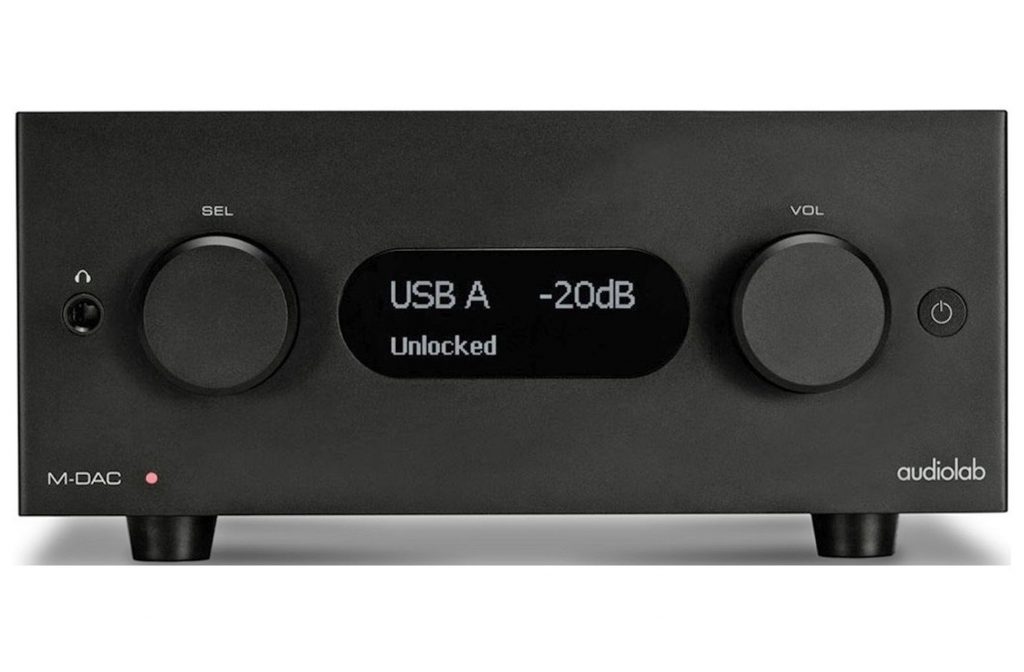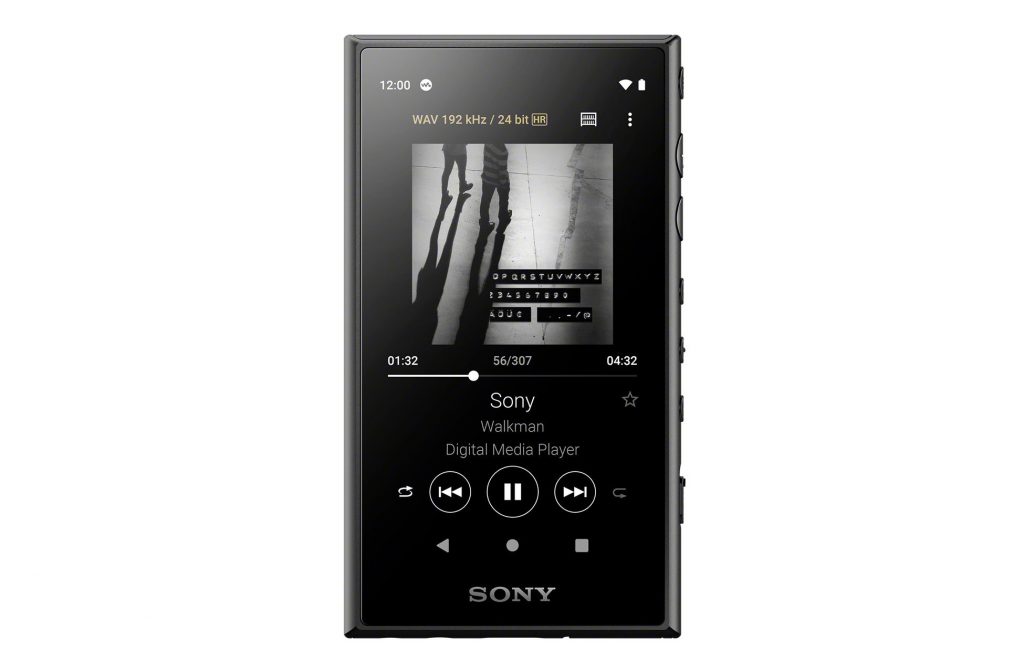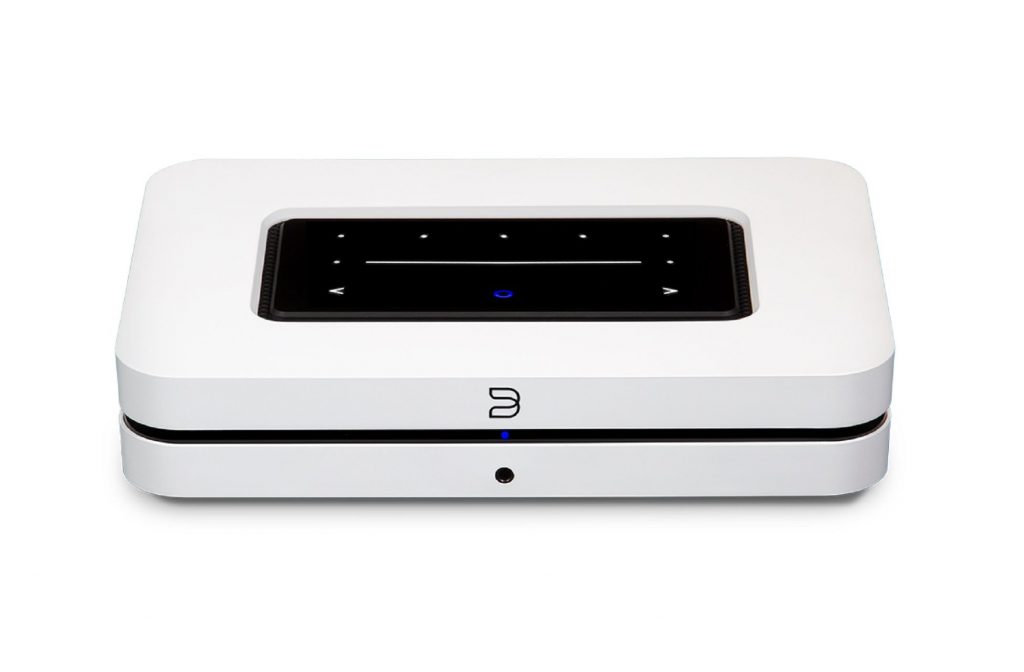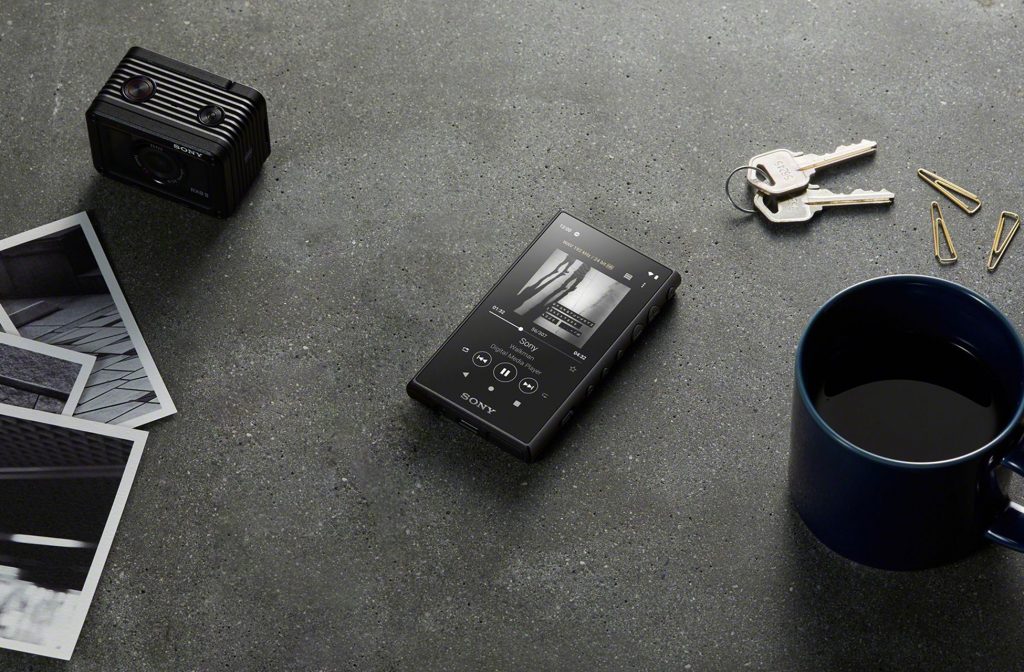
If you’ve been in the market for a new bit of entertainment equipment–be it a new disc player, a wireless soundbar, an amplifier or even a TV–you’ve probably seen mention of ‘Hi-Res Audio compatible’ or seen a badge stating the same. If you’re not totally tech savvy, you might be wondering what it all means, so we’ve put together this short guide to explain the basics to allow you to shop with confidence.
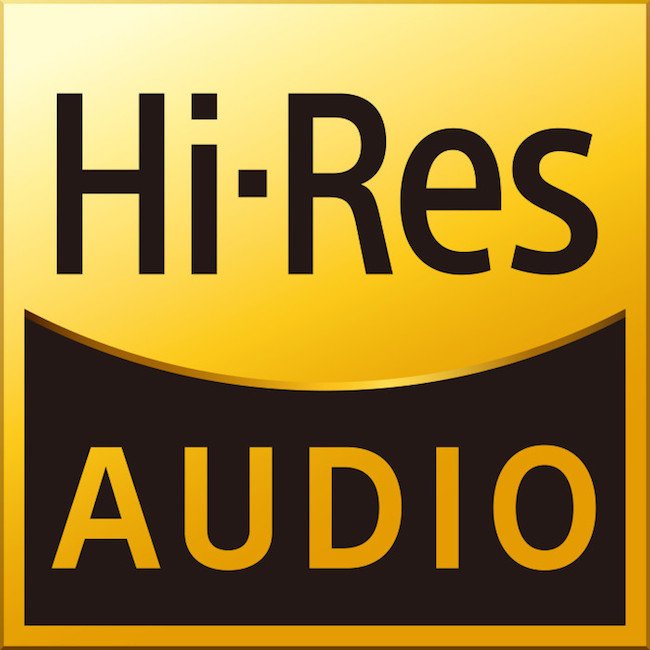
Hi-Res Audio logo
So what is Hi-Res? First, it’s important to understand a bit about how digital audio works (we’ll keep it simple, we promise!). When sound is in a digital format, it is a series of 1s and 0s, which is called binary. In order to transform these series of numbers into sound, you need what is called a ‘digital-to-analog converter’ or DAC (more on these later).
‘Sample rate’ is the number of times samples of the signal are taken per second during the analogue-to-digital conversion process. The more bits there are, the more accurately the signal can be measured in the first instance, so going 16bit to 24bit can deliver a noticeable leap in quality. CDs have a sample rate of 16 bit, with a sampling rate of 44.1 kilohertz (roughly double that of the human range of hearing) and it’s this measure that Hi-Res is based on.
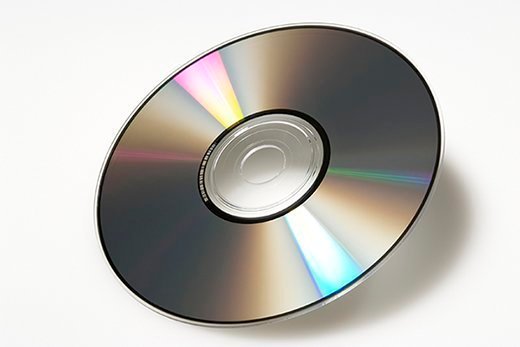
CD
While there’s no universal standard for Hi-Res audio, the Digital Entertainment Group, Consumer Electronics Association and The Recording Academy formally define high-resolution audio as “lossless audio that is capable of reproducing the full range of sound from recordings that have been mastered from better than CD quality music sources”.
As you might guess from the name, ‘lossless compression’ is a type of algorithm that allows the original data to be perfectly reconstructed from the compressed data, which means everything stays intact. An example of this type of file would be a .WAV file. In contrast, “lossy” files, mainly .mp3 files, offer only an approximation of the original data, which results in a big loss in sound quality. The positive trade off is that lossy files are much smaller in size.
In the past, file size was a big concern as storage was quite expensive and limited in size. However, as technology has advanced, storage has become incredibly cheap and with the implementation of high-speed internet, the need for small file sizes is largely a thing of the past.
This has given rise to premium streaming services that offer access to digital music that sounds far superior to that of CDs, putting digital music truly on par with that of vinyl.
Digital-to-Analog Converts and Hi-Res Audio players
While this bold new technology is a first-class ticket to audiophile heaven, it’s important to note that you’ll need equipment that can read and process these new file formats. As we mentioned DAC stands for Digital-to-Analogue Converter. Sound in digital sources like a computer or a CD player is first created in binary code, a series of computations made up of 1s and 0s. In order for these digital computations to be turned into sound we can hear (that’s the ‘analogue’ part), this is where a DAC comes in. A DAC is able to read the 1s & 0s and turn them into waveforms that your ears will recognise as your favourite music.
Most digital audio sources will have an onboard DAC; your laptop has one in order to play sound from the in-built speakers, your CD player has one that converts the code from CDs into sound that feeds into your amp or speakers. In many cases, the DACs used are not focused on quality, but instead focused on being as cost-efficient as possible, resulting in a performance that’s less than thrilling, leaving music sounding dull and unclear.
By employing a dedicated, purpose-built DAC that’s designed to translate digital signals in finite detail, you’ll hear a vast improvement in sound, making your digital music sound as true to the original recordings as possible. If you consume your music in Hi-Res formats, whether on a drive or by streaming, a high-performance DAC is a key element in getting the best from those formats.
If you listen to your music on the go, there are some slick and compact DAC options for you too. These small-yet-mighty converters override the DAC built-in to your smartphone and give an audiophile boost to your mobile music listening. If you’re serious about your on-the-go listening, you should check out our range of dedicated portable Hi-Res Audio players. These handy units offer dazzling performance, and act as a dedicated listening station without the distractions of your smartphone or tablet.
Home cinema and multiroom
If you’re looking to add a new soundbar, Blu-ray player, AV receiver or surround sound system to your home cinema, you can reap the benefits of Hi-Res audio too. A great deal of the products hitting the market now have the ability to read Hi-Res Audio files, which means your films will sound just as good as your music, offering a cinema-rivalling performance.
If you fancy the idea of having stunning sound all around your home, you should consider getting a system that’s dedicated to Hi-Res performance, like the products available from Bluesound. These systems’ primary focus is to pull every single ounce of detail from digital music and is a premium option that any audiophile should look into.
Learn more about our full range of DACS.
Learn more about our High-res Audio Players.



